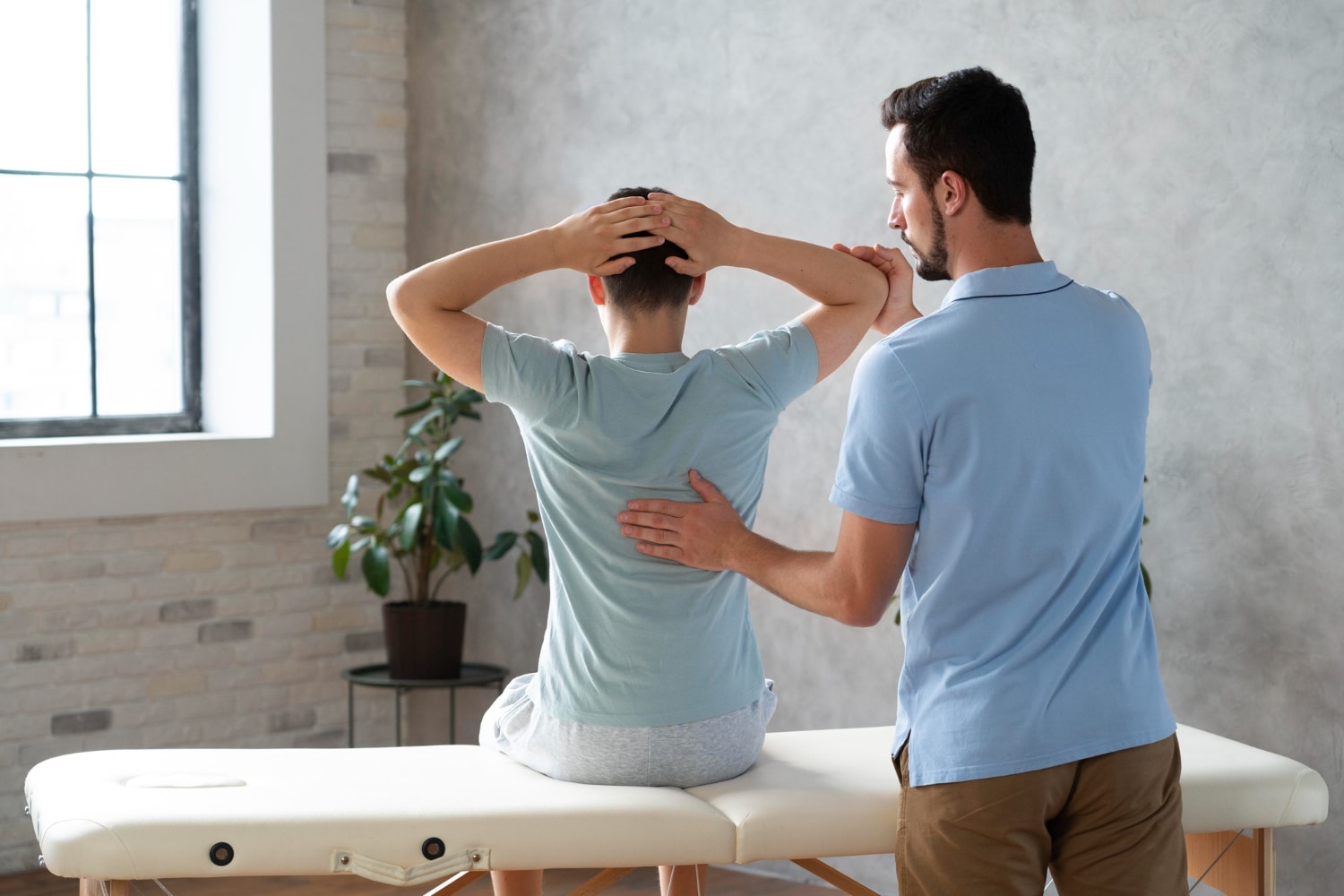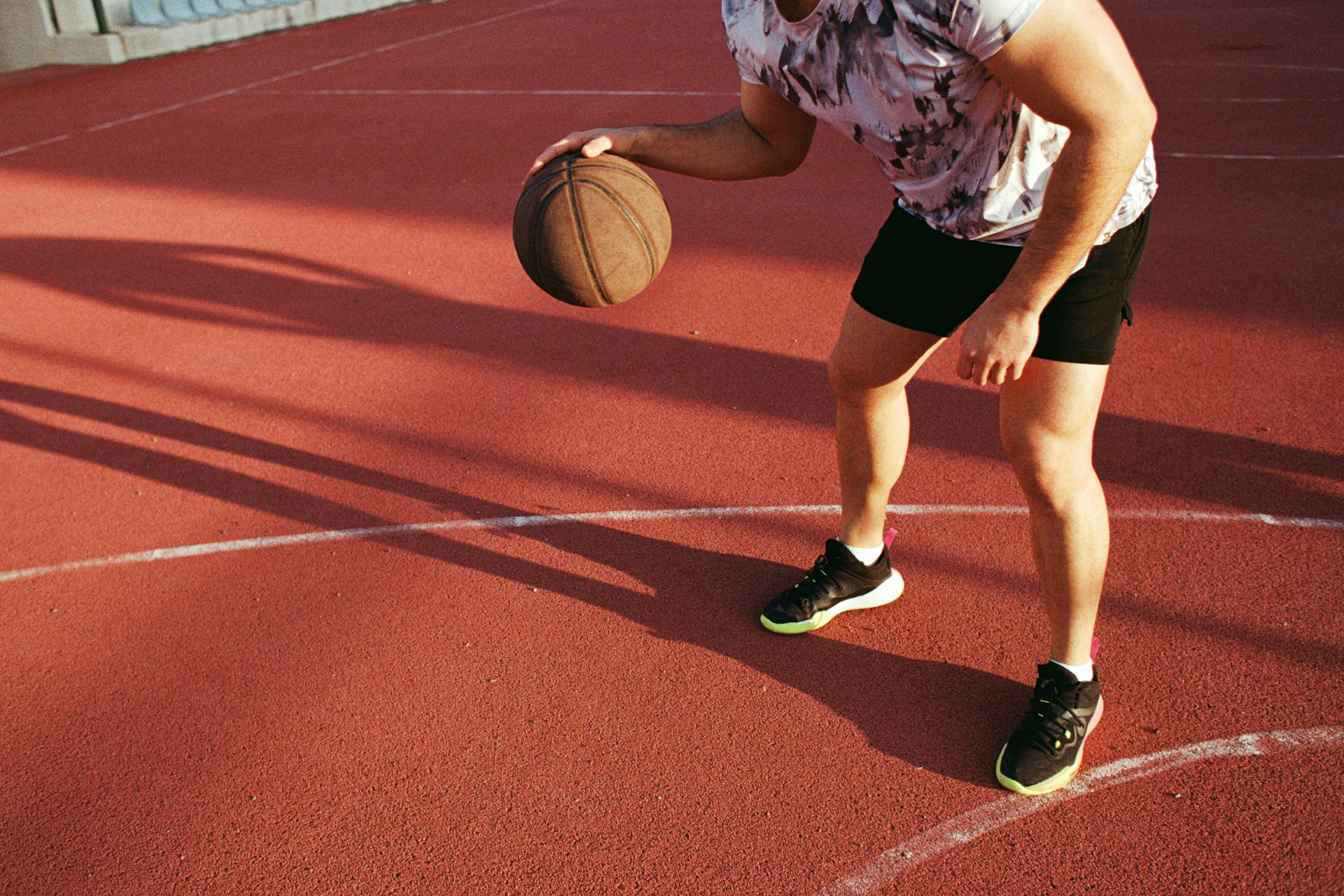Knee pain can keep you from doing the things you love. Whether it’s walking your dog, climbing stairs, or playing with your grandkids, sharp or lingering pain deep in the knee can make even the smallest tasks feel like a challenge. When rest and ice don’t do the trick, it might be time to think about a better, more complete solution. That’s where physical therapy can step in and make a real difference.
By working with a trained professional, you’ll get targeted help built around your exact pain and lifestyle. The goal is always to ease pain, bring back movement, and build strength. For deep knee pain in particular, physical therapy offers several techniques that go further than surface-level relief. It doesn’t just stop the ache. It helps get to the root of the problem and keep it from coming back.
Understanding Deep Knee Pain
Deep knee pain sits in the center of your joint, and it often sticks around longer than soreness from things like a quick twist or bruise. This pain can be dull and constant or sharp and stabbing, depending on the cause. Some people feel it when walking uphill, squatting down, or getting up from a chair. Over time, it can limit your movement and even lead to stiffness in the hips or lower back because the body starts to shift how it moves to avoid pain.
Common causes include:
– Overuse from walking, running, or standing too long
– Cartilage damage or wear inside the knee joint
– Problems with the kneecap not tracking the right way
– Ligament or tendon stress from sports or work
– Swelling and inflammation in surrounding soft tissue
Lots of people think this kind of pain is something they just have to accept. But the truth is, ignoring deep knee pain can make it worse. When movement slows down, the strength in your legs can drop, leading to poor balance and more problems in other joints. That’s why understanding what hurts and why it hurts is the first step toward getting back on track.
Key Physical Therapy Techniques For Deep Knee Pain
Physical therapy doesn’t take a one-size-fits-all approach. Every person and injury is different, and therapy is made to match that. Depending on what’s going on inside your knee, a mix of methods may be used to reduce pain and improve how the joint moves.
Here are five of the top techniques therapists use to treat deep knee pain:
1. Manual Therapy: This hands-on method helps loosen tight areas and improve movement. The therapist may gently move the kneecap, stretch soft tissues, or release muscle tension around the knee to ease stiffness and improve function.
2. Strengthening Exercises: Weak muscles around the knee, especially the quadriceps and hamstrings, can make pain worse. A program that builds up muscle without putting extra stress on the joint can help the knee support itself better over time.
3. Stretching and Flexibility Routines: Tight muscles have a big effect on how the knee moves. Regular stretching for the hips, calves, and thighs can ease pressure on the joint and make movement smoother.
4. Balance and Stability Training: Better control equals less risk of strain. Working on balance also helps train the knee to stay in line during movement. This reduces uneven wear inside the joint and improves coordination.
5. Use of Modalities: Heat, ice, ultrasound, or electric stimulation might be used to calm pain and swelling. These tools can relax the tissues, improve blood flow, and make your sessions more comfortable and effective.
These techniques work best when used together and guided by someone who understands exactly how your knee is behaving. It’s not just about putting a bandage on the pain. It’s about improving your body’s movement from the ground up. Whether your pain started weeks ago or has been bothering you for months, physical therapy offers practical support that adjusts as you heal.
How Grace Medical & Chiropractic Can Help
Every case of deep knee pain needs its own plan. What works for someone recovering from a sports injury might not help someone dealing with long-term joint wear. That’s why getting a proper evaluation from a professional is an important first step for many people. At a North Fort Myers physical therapy clinic like ours, therapy plans are built for your specific movement habits, medical history, and pain experience.
The first visit usually starts with a hands-on exam and conversation about how the pain affects your life. Sometimes just describing how it hurts when you do certain things like standing up after sitting for a long time helps narrow down the issue. From there, a plan might include basic strengthening movements, low-impact joint work, or gradual mobility drills.
Consistency also plays a big part in recovery. Coming in for therapy sessions and sticking to the plan helps your body rebalance and respond better over time. That doesn’t mean pushing through pain or jumping to big movements right away. A trained physical therapist knows when it’s time to progress and when to adjust things.
The best part? You’re not doing it alone. Getting personal feedback and real-time support helps you avoid bad habits and improves your results in a safer way. One example we’ve seen time and time again is clients who walk with a heavy limp because of pain. Over time, this tweaks the way they move without even noticing it, which then causes added strain on the hips or ankles. With the right help, that limp goes away and normal movement can return.
Embracing an Active, Pain-Free Life
Working through deep knee pain doesn’t happen overnight, but with the right guidance, improvement is possible and often more comfortable than you’d expect. Physical therapy is about more than fixing pain. It’s about restoring confidence in your body to move the way it should and helping you do the small, everyday things that matter most.
If you’ve been waking up with a stiff knee, avoiding long walks, or holding back from bending or kneeling, don’t keep pushing through it alone. Every week that goes by without addressing pain can make things tougher down the road. A North Fort Myers physical therapy clinic can help get things moving in the right direction, one step at a time.
If you’re ready to address your knee pain and regain your movement, let us assist you on your path to recovery. Grace Medical & Chiropractic offers the personalized care you need through our North Fort Myers physical therapy clinic.











